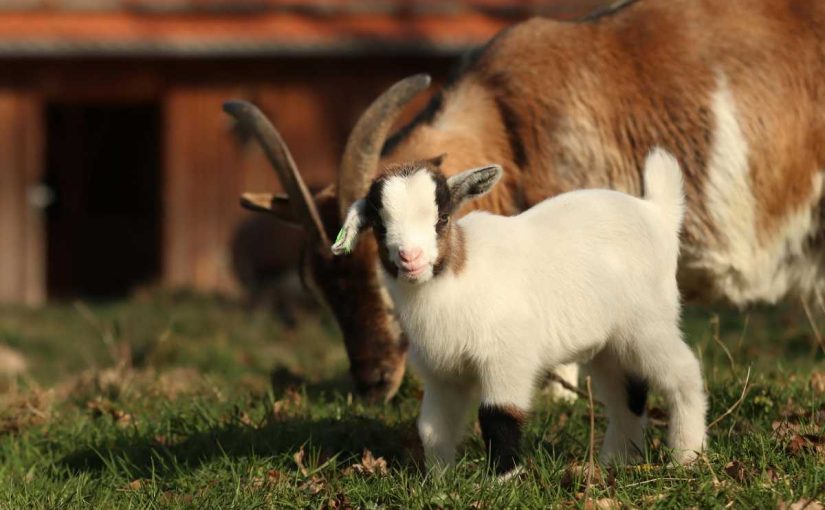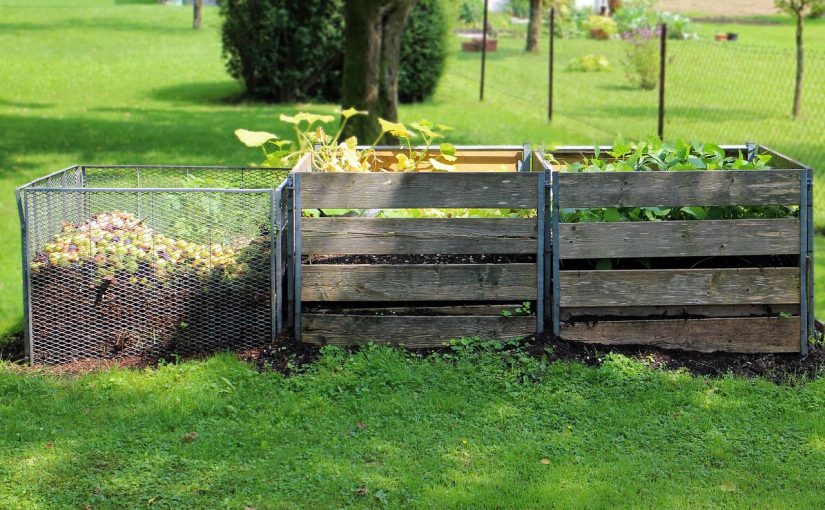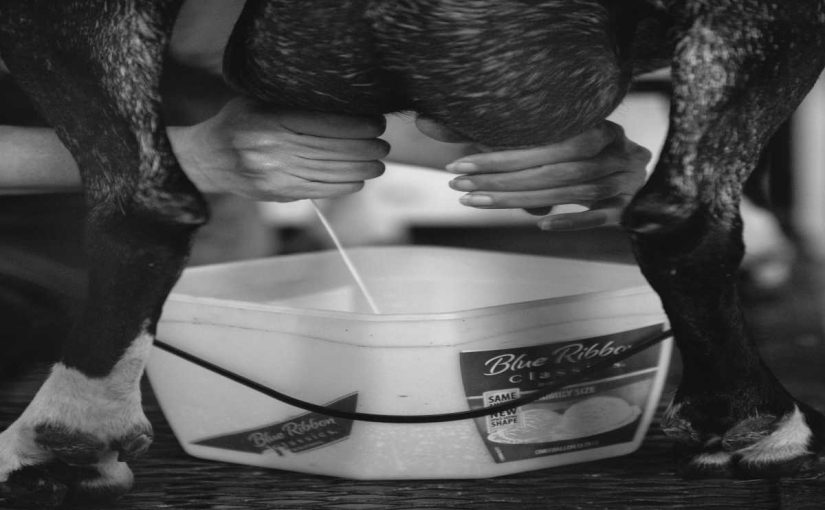Creating a chicken garden is becoming a popular trend among backyard chicken keepers and small-scale poultry farmers. The idea behind it is to plant a garden that not only provides fresh produce for your household but also acts as a natural, nutrient-rich supplement for your chickens.
A well-planned chicken garden can be a sustainable way to boost your flock’s diet, improve their living environment, and even cut down on feed costs. However, like any farming activity, there are both benefits and challenges to consider before you take the plunge.
In this detailed article, we’ll look at the pros and cons of planting a chicken garden, helping you decide if it’s the right fit for your poultry-keeping setup.
What Is a Chicken Garden?
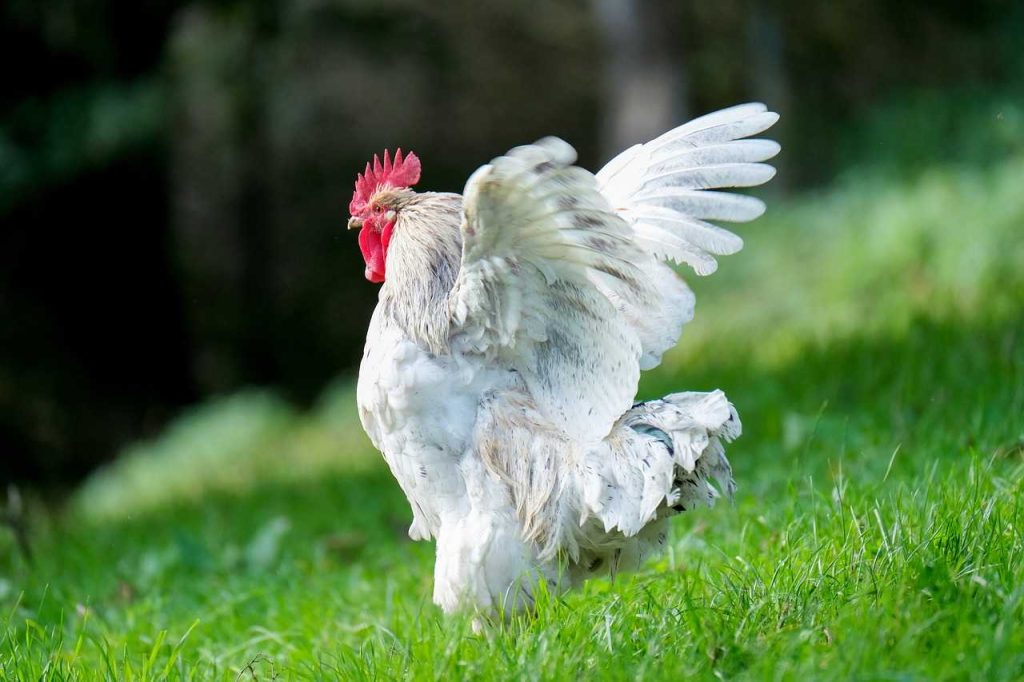
Before we delve into the pros and cons, it’s important to understand what a chicken garden entails. A chicken garden is a designated area where you grow plants that are safe and beneficial for chickens to eat. These gardens are typically designed to provide fresh greens, herbs, fruits, and vegetables that supplement a chicken’s diet. Additionally, chicken gardens can include plants that attract beneficial insects, create shade, and improve the overall environment of the chicken run.
Now, let’s explore the benefits and drawbacks of establishing a chicken garden.
Pros of Planting a Chicken Garden
1. Natural and Nutrient-Rich Diet
One of the most significant benefits of planting a chicken garden is the ability to provide your chickens with a natural and nutrient-rich diet. Fresh greens, herbs, and vegetables are excellent sources of vitamins, minerals, and antioxidants that can improve your chickens’ health and egg production.
For example, leafy greens like kale and spinach are high in calcium, which is essential for strong eggshells, while herbs like oregano and thyme have natural antibacterial properties that can boost the immune system.
Moreover, chickens are omnivores and enjoy a varied diet. A chicken garden can offer them a diverse array of food options, keeping their diet balanced and reducing the need for commercial feed. The diversity of plants can also encourage natural foraging behavior, which is beneficial for their physical and mental well-being.
2. Cost Savings on Chicken Feed
Another advantage of a chicken garden is the potential for cost savings on chicken feed. While you may still need to provide some commercial feed, the fresh produce from the garden can significantly reduce the amount needed. Over time, this can lead to substantial savings, especially if you have a large flock. Additionally, growing your own chicken feed can be more economical in the long run compared to purchasing organic or specialty feeds from the market.
3. Environmental Enrichment for Chickens
Chickens are naturally curious and active animals that benefit from an enriched environment. A chicken garden offers an engaging space where chickens can scratch, peck, and forage. This not only keeps them physically active but also mentally stimulated, reducing the likelihood of boredom-related behaviors such as feather pecking or egg eating.
Moreover, a garden can provide shade, shelter, and even dust-bathing areas for the chickens, enhancing their overall living conditions. Plants like sunflowers, corn, and amaranth can create natural shade, while soft soil areas can serve as dust baths, helping chickens keep their feathers clean and free from parasites.
4. Sustainability and Self-Sufficiency
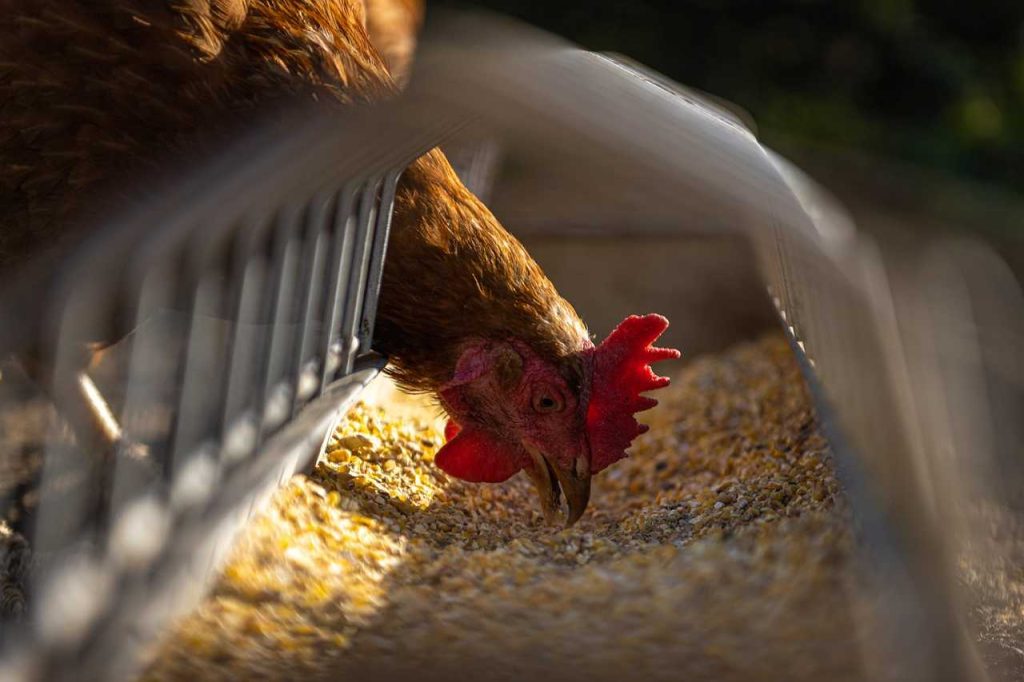
For those interested in sustainable living, a chicken garden is a step toward greater self-sufficiency. By growing your own chicken feed and reducing reliance on store-bought products, you can decrease your environmental footprint. This is particularly important for those who are mindful of the impact of industrial agriculture on the environment.
Furthermore, a chicken garden can be integrated into a broader permaculture system, where plants, animals, and waste are recycled to create a closed-loop, sustainable farming practice. For example, chicken manure can be composted and used to fertilize the garden, while the garden, in turn, provides food and shelter for the chickens.
5. Improved Egg Quality
A diet enriched with fresh greens and herbs can lead to better egg quality. Chickens that have access to a diverse range of plants often produce eggs with richer yolk color, firmer whites, and better overall flavor. The presence of certain nutrients in plants, such as omega-3 fatty acids from flaxseed or other seeds, can also improve the nutritional profile of the eggs.
Cons of Planting a Chicken Garden
1. Time and Labor-Intensive
One of the main drawbacks of establishing a chicken garden is the time and effort required. Gardening itself is a labor-intensive activity, and when you add the responsibility of maintaining a chicken-friendly garden, the workload increases. You’ll need to regularly water, weed, prune, and protect the plants, all while managing your chickens.
Additionally, chickens are notorious for their ability to destroy plants. They love to scratch the soil, dig for insects, and peck at tender shoots, which can quickly turn a well-tended garden into a barren patch of dirt. To prevent this, you may need to invest in protective barriers or designated planting areas, adding to the overall maintenance.
2. Potential for Overgrazing
Chickens can be voracious eaters, and if not managed properly, they can easily overgraze a garden. Overgrazing occurs when chickens eat plants faster than they can grow back, leading to the depletion of garden resources. This can result in bare patches of soil, increased erosion, and a lack of fresh greens for your flock.
To mitigate this risk, you’ll need to carefully plan and rotate grazing areas, ensuring that plants have time to recover. This requires a good understanding of plant growth cycles and careful management of your chickens’ access to different parts of the garden.
3. Initial Costs and Setup
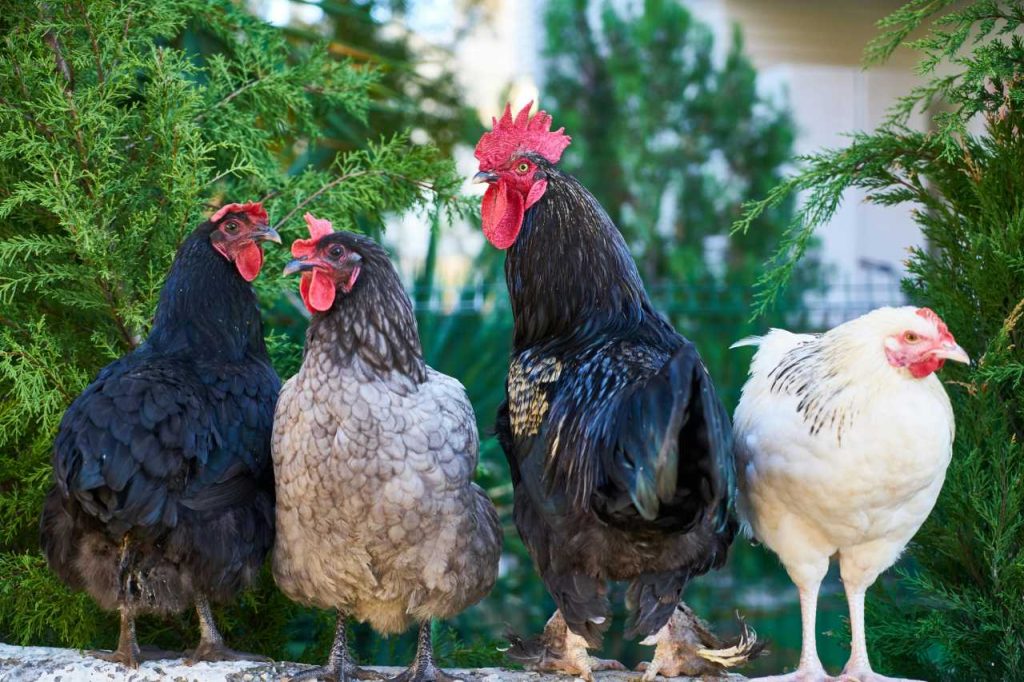
While a chicken garden can save money in the long run, the initial setup can be costly. You’ll need to invest in seeds, soil amendments, fencing, and other gardening supplies. If you’re new to gardening, you may also need to purchase tools and equipment, which can add to the expenses.
Moreover, depending on your climate and soil conditions, you may need to invest in irrigation systems, shade structures, or protective coverings to ensure the success of your garden. These upfront costs can be a barrier for some chicken keepers, especially those on a tight budget.
4. Risk of Toxic Plants
Not all plants are safe for chickens, and planting the wrong species can pose serious health risks. Certain plants, such as nightshade family members (e.g., tomatoes, potatoes, and eggplants), azaleas, rhubarb leaves, and foxglove, are toxic to chickens and can cause illness or death if ingested.
Therefore, careful planning and research are required to ensure that your garden is free from harmful plants. This adds another layer of complexity to the process, as you’ll need to be vigilant about what grows in your garden and remove any potentially dangerous plants immediately.
5. Weather and Pest Challenges
Weather conditions and pests can also pose challenges to a chicken garden. Extreme weather, such as droughts, heavy rains, or frost, can damage or destroy crops, leaving your chickens without the fresh produce you intended to provide. In regions with harsh climates, maintaining a productive garden year-round can be difficult.
Pests, including insects, rodents, and larger animals, can also threaten the success of your garden. While chickens are natural pest controllers, they may not be able to fend off all invaders, especially if you’re growing a wide variety of plants. This means you may need to implement additional pest control measures, which can add to the time and cost of garden maintenance.
Conclusion
Planting a chicken garden offers a range of benefits, from providing a natural and nutrient-rich diet for your flock to enhancing their environment and reducing feed costs. It aligns well with sustainable living practices and can improve the quality of the eggs your chickens produce. However, it also comes with challenges, including the time and labor involved, the risk of overgrazing, and the potential for toxic plants and pest problems.

